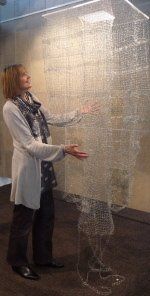

Slide title
Write your caption hereButton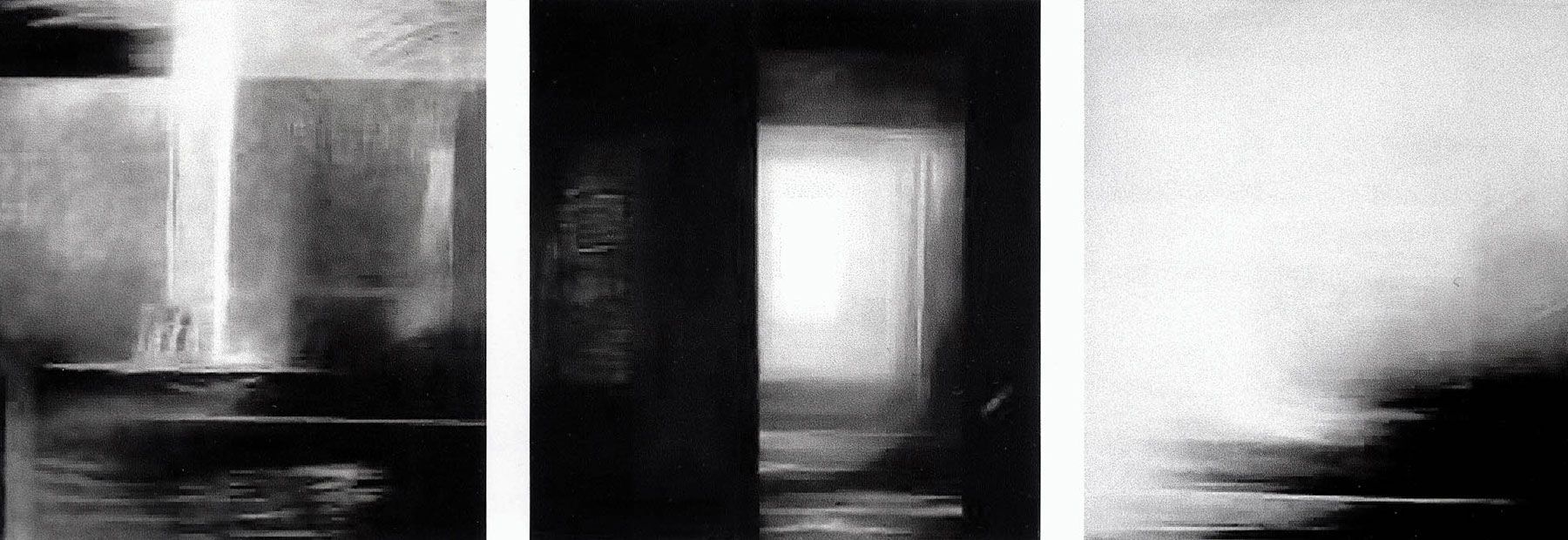
Slide title
Write your caption hereButton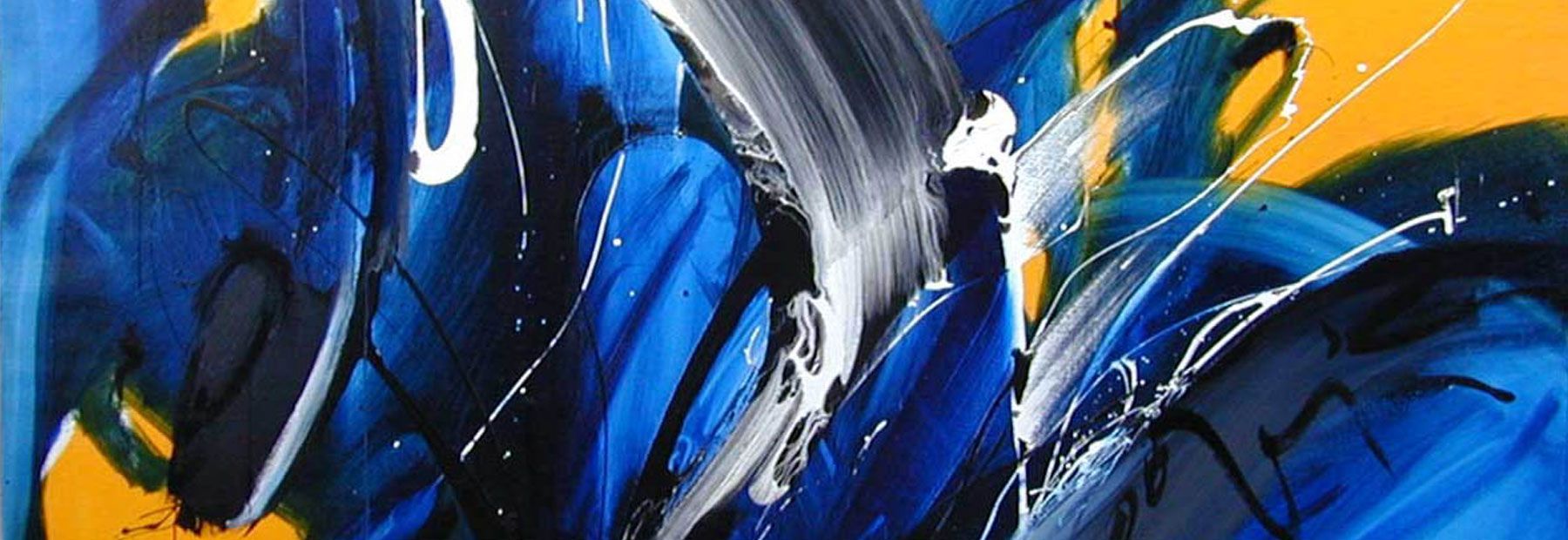
Slide title
Write your caption hereButton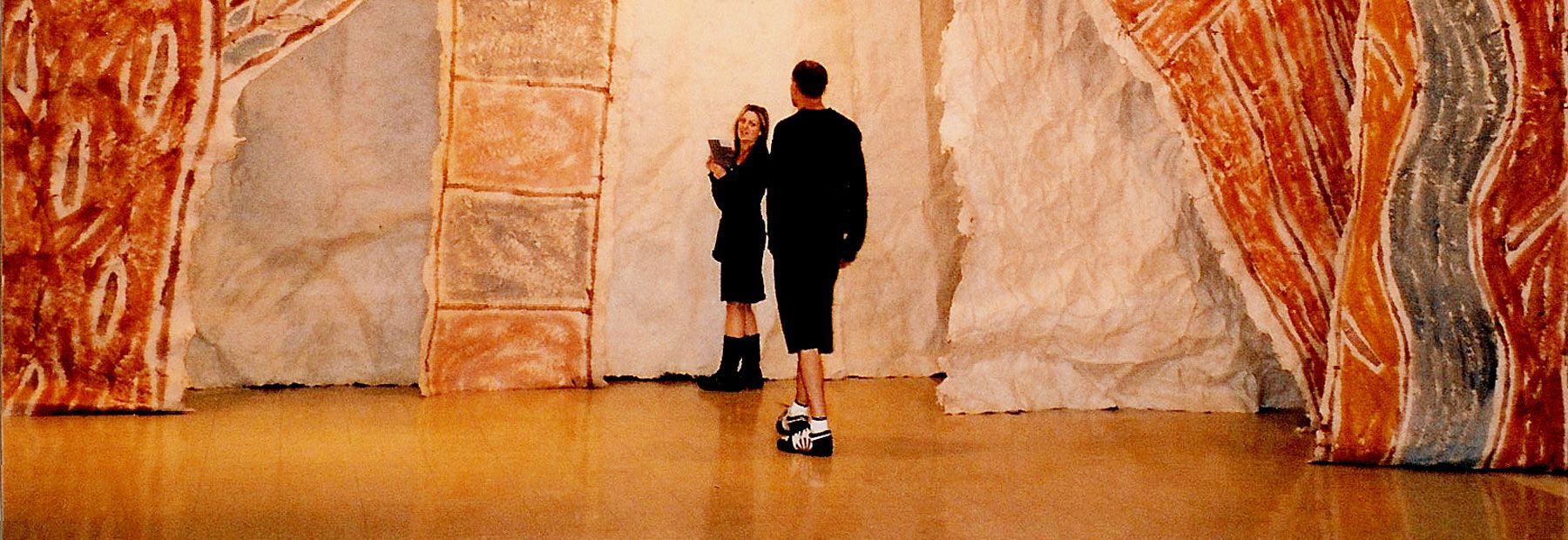
Slide title
Write your caption hereButton
Slide title
Write your caption hereButton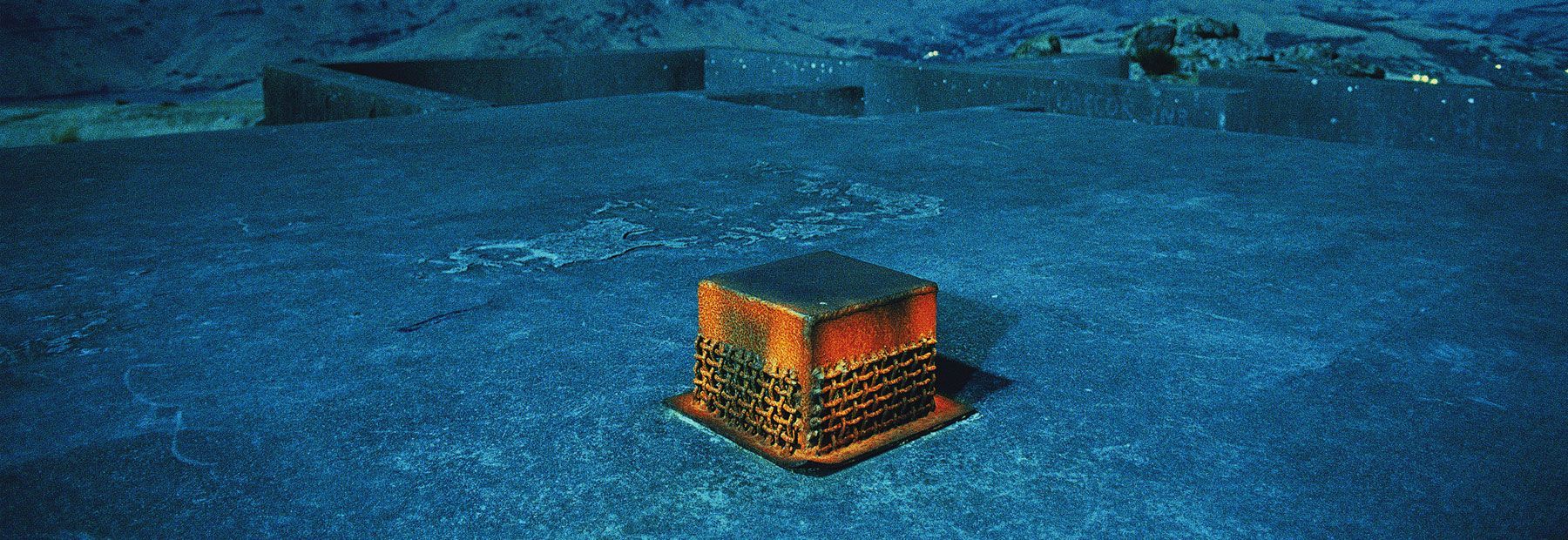
Slide title
Write your caption hereButton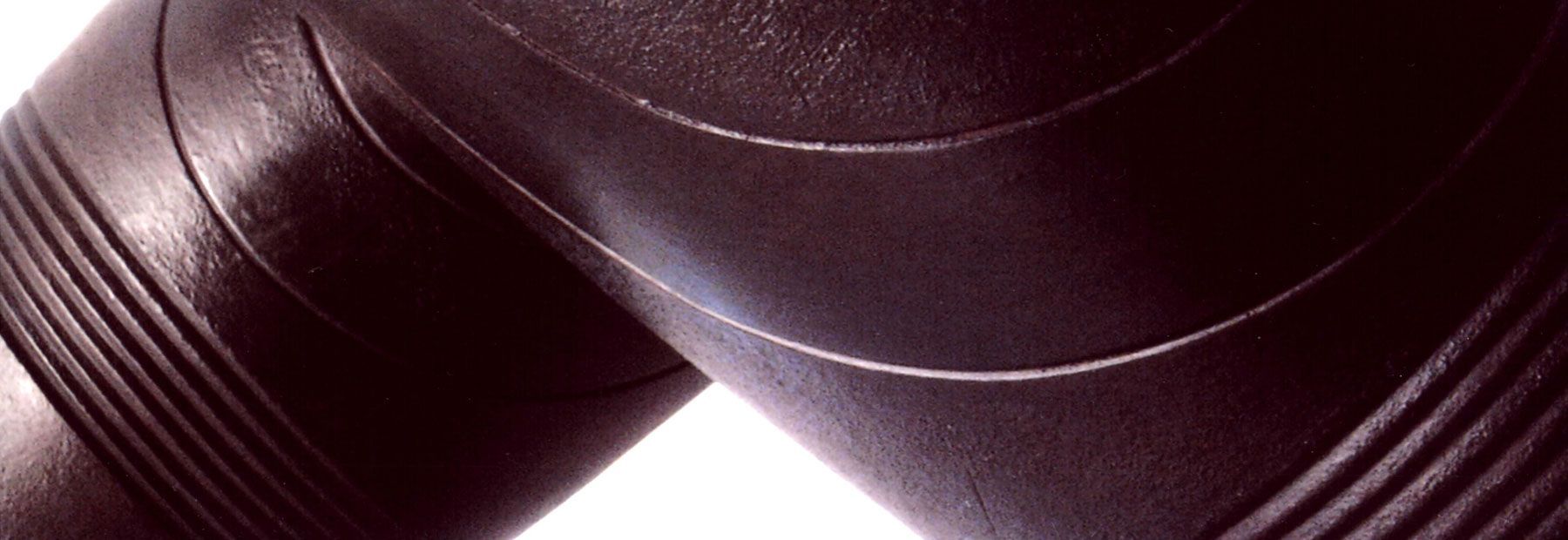
Slide title
Write your caption hereButton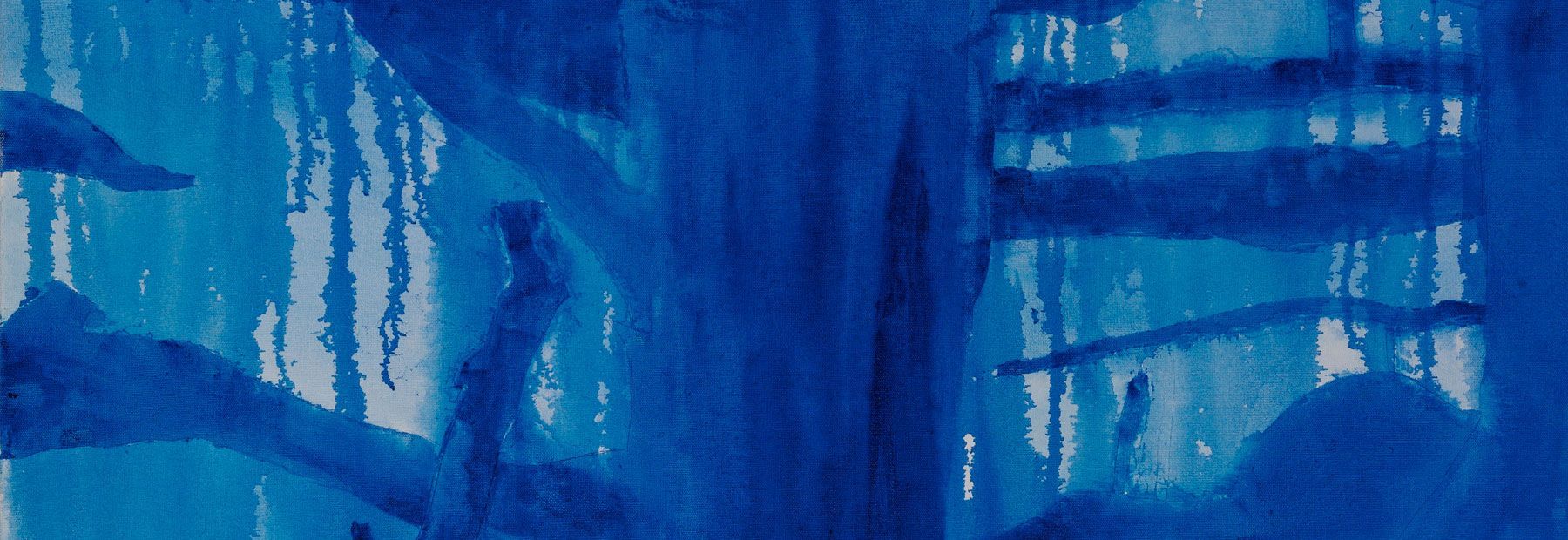
Slide title
Write your caption hereButton
Temporal
A review on the latest exhibition of artist Jacquie Haselden
La Mezz Gallery, Hamilton
Thursday 20 Aug 2009 to Saturday 12 Sep 2009
The role of artist as prophet is reawakened in Jacquie Haselden's latest exhibition Temporal. This striking collection of sculptural forms and drawings act as monuments to space, history, memory and time. Akin to the work of Doris Salcedo, Haselden courageously addresses the question of forgetting and memory.
Subversive methods are employed as homage to Haselden's patriarchal grandmother who taught her to crochet. Haselden's crocheted silver jewellery, wire loops, a hybrid of handicraft in contemporary materials—the references to traditional domestic practice remain, but the narrative is now of lost function where yarn has been substituted with cold metal.
Thematically Haselden's work is strongly influenced by Maori traditional fishing nets and cloaks, each of these suggestive of encasing a body. The unique patterns and designs crocheted combine Maori-Polynesian designs with traditional floral English embroidery handwork. ‘Colonial Pacific I’ typifies this melange well, in a cloak presenting both crocheted flowers and geometrical shapes. The sculptures additionally have secondary reading through light and shadow cast as they move and reflect on themselves. ‘Shift’ and ‘Strain’ compel the viewer to gaze heavenward through the play of light suggestive of an eternal narrative. In contrast ‘Spiral’, when spinning, projects the trajectory of a line identifying that our lives are indeed finite.
The ekphrasis of Haselden's drawings digests more thoroughly the layers of time, history and memory that these loops of chain-mail represent. These studies in gesso and graphite illustrate, in their simplicity, the complexity of whole sculptures. Curiosity is provoked through their depth. In ‘Trace I’, ‘Trace II’ and ‘Trace III’ gesso application suggests weft and warp beneath the loop drawings, further alluding to the weaving of our temporal existence into a greater faith narrative. This outstanding collection is refreshingly insightful into the memory of this nation through the artist’s personal exploration of art expression, and voices questions of identity that require examination.
Reviewed and written by Emily Hill.

